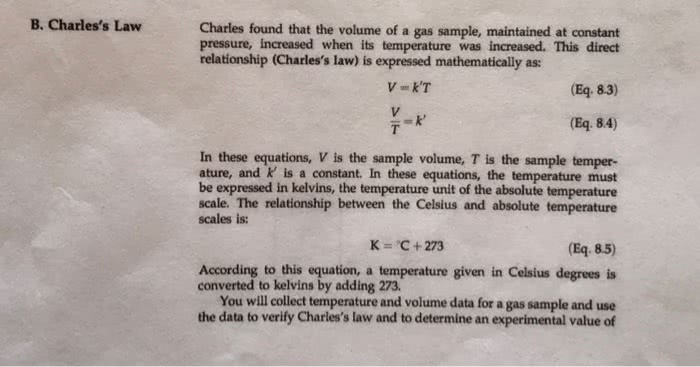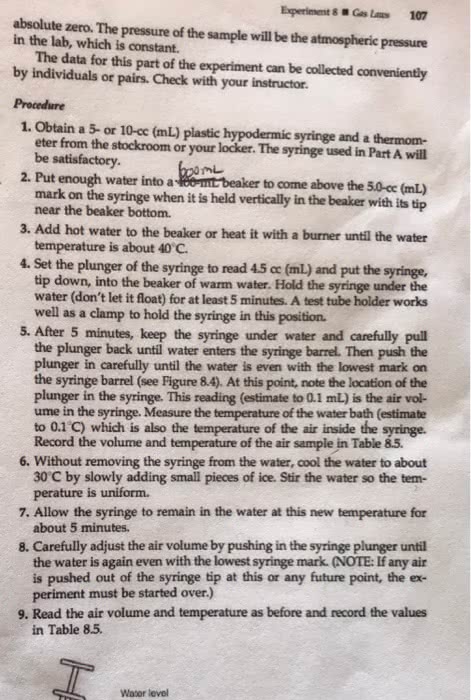CHEM 111 Lecture 34: CHEM111 Class 34
Document Summary
As t is decreased, v decreases, until the origin of the plot is reached. We can do this mathematically, but not in practice as n = 0. This is absolute zero, zero on the kelvin temperature scale. As n is decreased, v decreases, until the origin of the plot is reached. When the amount is measured as mol, the plots do have the same slope, which depends on t and p. The graph of this law is inversely related it is not linear. Put all of the laws together to get v = constant x nt/p. The constant is given with the symbol r and the equation is normally written: pv = nrt. Units of r fix the units of p, v, n and t. K and is known as the (ideal) gas constant. Ideal gas law and density n = m/m, where m is the molar mass n = dv/m, pv = dvrt/m, so m = drt/p.






